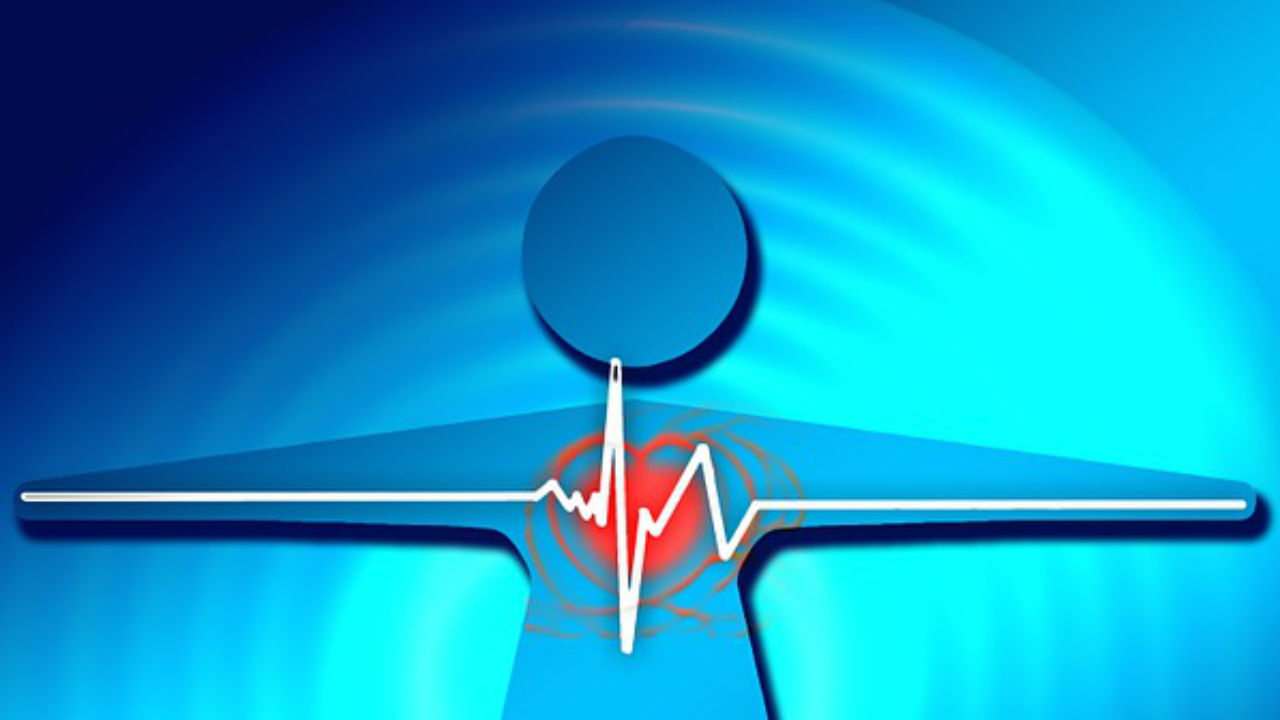Dr. Shukla describes how the heart's electrical system works.
Dr. Shukla:
In terms of the electrical system of the heart, it’s really a complicated pathway dependent on normal architecture of the heart cells. So if you can, the best way of making the analogy about why the electrical system is important is relaying the fact that a heart is a pump.
When you plug in a pump, that’s the only way the pump usually works. You need the electrical current to force the pump to actually do what it needs to do, the same thing with the heart. It has its built-in electrical, own electrical circuitry. Unfortunately, there can be a myriad of disorders associated with the heart’s normal electrical systems, and that’s what we call arrhythmias.
Realistically, there’s no real difference in terms of how the heart’s electrical system works in a male or a female. It originates from a node called the sinus node, and that’s on the outside of the heart, typically in the right upper chamber. The electrical impulse then flows from that area through the two upper chambers of the heart, and then it goes to one specific area along the midline of the heart, okay, in the atrial septum and that’s called AV node.
That AV node, I frequently call as the junction point between the upper chambers to the lower chambers of the heart, and this AV node then allows, it creates just a slight delay in the electrical impulse from the upper chamber to the lower chamber of the heart.
And the purpose of that is you want to allow the blood to have time to fill the lower chambers of the heart before it goes out. So the AV delay just creates a little bit of slowing, okay? And on an EKG that’s reflected between what’s called the P wave and the QRS, okay? There’s just a little bit of a delay there that allows the blood to fill the lower chambers, and then the lower chambers are able to be maximally filled, and then deliver the blood to the rest of the body.
So once it gets through that junction point or that AV node, it then goes down two bundles. One is called the right bundle, the other one is called the left bundle, and these supply the electrical current down into the lower chambers of the heart.
So essentially that is in a kind of a nutshell how the overall conduction system works. There could be a wide variety of problems associated with it, and like I said, that’s called arrhythmias, and sometimes that could be manifested on EKGs. You can have evidence of disease in the heart’s conduction system reflected by different patterns on an EKG, and that’s what an EKG generally is looking for, and that’s generally the overall field of electrophysiology is looking at the heart’s conduction system.
About Dr. Himanshu H. Shukla, M.D.:
Dr. Himanshu H. Shukla, M.D., specializes in treating heart rhythm disorders and is founder of the Cardiac Arrhythmia Institute (CAI) dedicated to providing heart care customized to the individual. Dr. Shukla is a member of the Heart Rhythm Society, has completed training at Columbia University in New York City, the University of Missouri and the University of Oklahoma. He is recognized for numerous published articles on the treatment of heart rhythm disorders, and by the American Heart Association for Outstanding Research. Dr. Shukla’s community works include raising awareness of heart rhythm disorders, safety and prevention measures through speeches, training and counsel; and contributing external defibrillators to local public schools and other entities.
Visit Dr. Shukla on the web at the Cardiac Arrhythmia Institute (CAI) http://www.caiaz.com
















